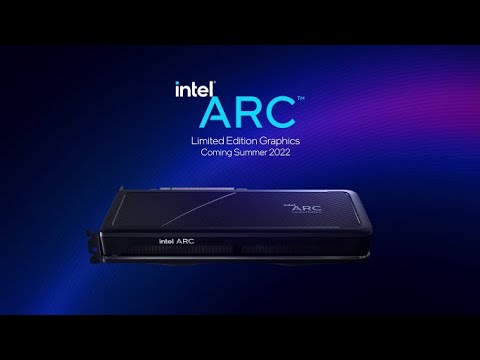Intel’s new Arc GPUs look like they’ll line up favorably with competing graphics from NVIDIA.
What you need to know
- Release dates and prices have leaked for Intel’s upcoming desktop Arc GPUs.
- According to a report, the A750 and A580 will release by early June 2022, and the A380 is tentatively set for release in July.
- The sales embargo for Arc desktop GPUs is reportedly between May 15 and June 30, 2022.
Details about Intel’s upcoming Arc desktop GPUs have leaked online. A report by Wccftech, citing sources in Taiwan, detailed release date ranges and prices for Intel’s new GPUs. The information reportedly came from a call that Intel held with its supply chain members.
Intel will initially launch its A750 and A580 first, followed by the A380 weeks later, according to the report. The A780, the flagship of the lineup, is said to not be on the way with the first wave of GPUs.
The new graphics from Intel support AI-enhanced XeSS Upscaling, XMX-powered AI acceleration, Intel Deep Link Technology, and AV1 codec for game streaming. We’ll have to get our hands on them to see how they perform in real-world testing, but the specs and features of the GPUs look impressive.
Wccftech stated that Intel shared a date range for its sales embargo (May 15 to June 30) rather than a specific day.
Here are the details, according to Wccftech:
| GPU | Comparable GPU | MSRP | Expected Release Date |
|---|---|---|---|
| A750 | NVIDIA RTX 3060 | $350 | End of March – Early June |
| A580 | NVIDIA RTX 3050 | $280 | End of March – Early June |
| A380 | NVIDIA GTX 1650 | $150 | Tentatively July |
The leaked prices of Intel’s new graphics line up favorably with the best GPUs from AMD and NVIDIA. It’s important to note that it’s difficult or impossible to get a high-end GPU at retail prices these days. If Intel is able to keep costs close to MSRP, it could help the company compete with the likes of AMD and NVIDIA.
Intel officially unveiled its mobile GPUs and gave rough dates for when they’d arrive, but not much was known about desktop models.

